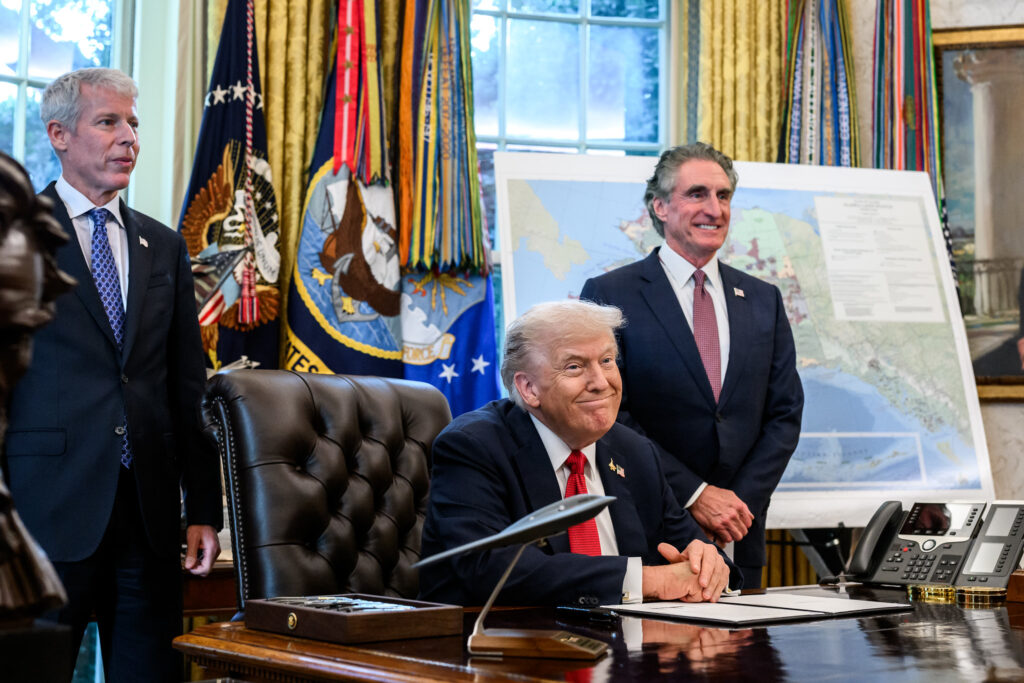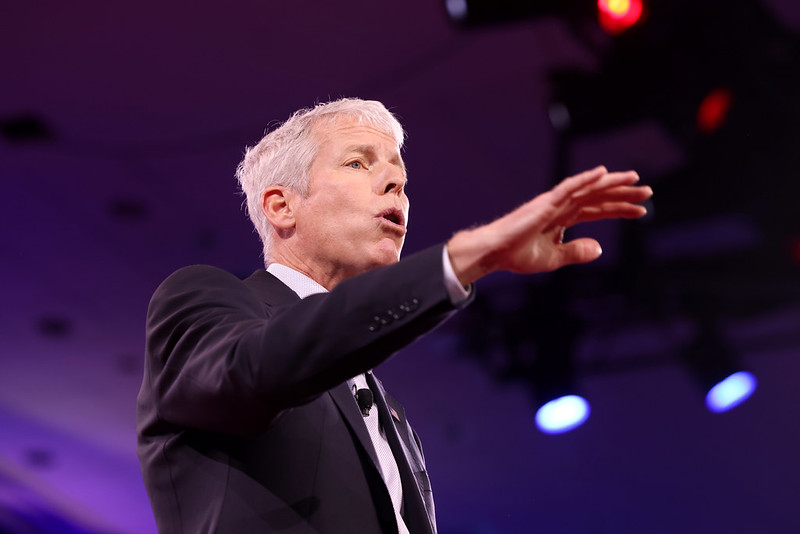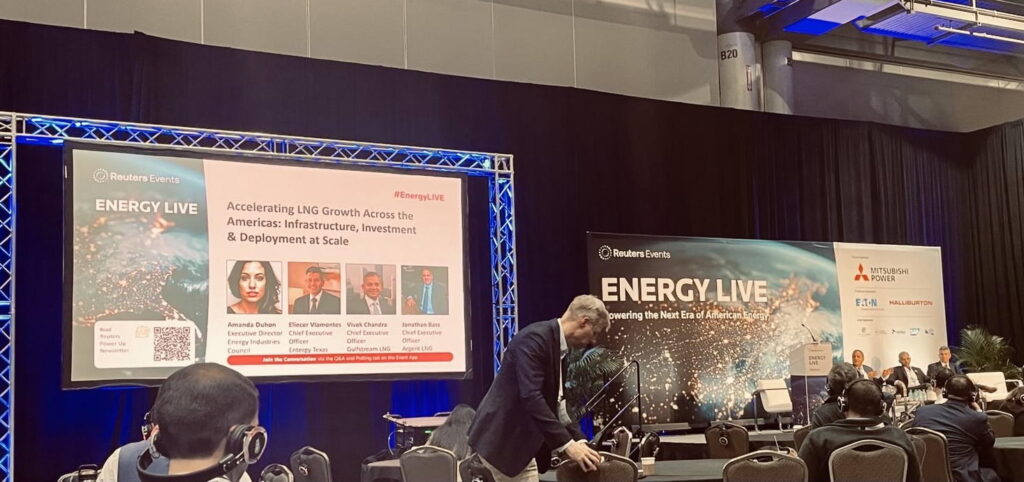Louise Helton, owner of One Sun Solar Electric in Las Vegas, says that since January her company is doing more work removing solar panels from rooftops than installing them.
But at least she’s still in business, unlike many solar entrepreneurs in Nevada. She’s had to diversify into LED lighting installation and other sources of income.
“During the recession, rooftop solar was the bright spot in the Nevada economy,” Helton tells DeSmog. “We were booming. And now we’re dead.”
It was a decision by the Public Utility Commission of Nevada (PUCN) in December that delivered a fatal blow to rooftop solar in the sunniest state in the U.S.
By removing a key incentive for rooftop solar customers — net metering — the PUC made it prohibitively expensive for existing and future solar customers to use solar panels to generate part or all or their electricity needs.
And it turned electricity-generating rooftop panels from a net-plus for homeowners to a technological albatross, at least for the near future.
“You have people making decisions to buy these panels with fixed incomes,” Helton says.
“Seniors have tried to make the right decision to preserve their future dollars. All of this is impacting them. Now the value of your greatest asset, a home, and the equity, for solar panels to present themselves as something that was a huge asset, now they’re the opposite. It’s devastating.”
At the end of April, a subcommittee of Governor Brian Sandoval’s Nevada energy task force said that existing Nevada solar customers should be grandfathered in under an old rate structure, which would grant them a cheaper power rate until 2035.
That marks an about-face from the most controversial provision of the PUCN’s December decision.
But if the full task force agrees to grandfather existing customers, and makes the PUCN agree to the same, it won’t do anything to revive rooftop solar, an industry that was dominated by smaller entrepreneurs.
The fact that Sandoval convened the Task Force in the first place, solar advocates say, suggests that this former utility energy lawyer knows his appointed PUCN members may have inflicted lasting damage on the solar energy industry in Nevada, something that an aide to Sandoval admitted.
End of Net Metering
What upended Nevada’s solar energy industry was the PUCN’s decision to change the rules for net metering.
Net metering lets customers bank credit for excess electricity that goes into the grid during the daytime, then pull out the same amount of energy — a kilowatt for kilowatt exchange — when they need it.
Solar customers that don’t generate enough electricity must pay Nevada Energy (NVE), the only electricity utility in the state, for the difference. Net metering has allowed solar to thrive and encouraged people to make those investments for their homes and businesses, solar industry advocates say.
Under the old rules, NVE paid customers about 11 cents per kilowatt hour for energy they returned to the grid. Homeowners could typically save 10 to 20 percent on their energy bill, though some solar customers have reported seeing their bill drop to single dollars during some months.
No residential and commercial solar customers were getting rich, despite what some solar detractors have argued. Because customers are regulated on how big they can build a system, based on historic twelve months of power use, they can only build a system that can produce what they used in the last twelve months.
There was a benefit to the utility, too: no line loss. A customer can send out one kilowatt of energy that goes directly to his nearest neighbor.
The end of net metering not only eliminated most of the savings rooftop solar customers enjoyed, it also created a revenue stream for NVE at the expense of those customers.
NV Energy Takes Bigger Solar Cut
Every kilowatt generated on a Nevadan’s roof is one less kilowatt NVE can sell. At least that was the case until the new rate structure went into effect.
Under the new rules, solar customers are put in a new rate classification. Initially, their connection charge would go up by five dollars a month, under a tiered structure. After four years, they will pay $38 a month just to be connected to the grid. That’s before they’re charged for the energy they consume.
Exactly how much more solar energy customers will pay under the new rate system remains to be seen. The hottest weather hasn’t begun yet and, come June, residents will have a better idea. But there’s widespread fear that they will be paying quite a lot more.
What’s angered Nevada solar customers is that NVE is now monetizing the kilowatt hour (kWh) value. Whereas under net metering there was no monetization (just a kilowatt-for-kilowatt exchange), now NVE will value the kWh generated by a solar customer at less than what they’ll sell at full retail.
Scott Shaw, director of research and commercial development for Go Solar, an energy efficiency and solar installation company in Las Vegas, tells DeSmog that solar customers will be subsidizing other ratepayers for the benefit of the utility.
“When a solar customer sends energy to the grid it is during peak demand times. If you want to just look at the value of energy, at peak demand NVE is paying triple to five times what they would pay on the open market. Now NVE is guaranteed to pay two cents per kilowatt during demand time and sell it back to customers at 33 cents.”
Shaw and other solar advocates say there is no cost shift to non-solar customers — everything is already paid for fully. NVE gets paid fully for that one kWh of solar that it didn’t generate, that was provided at peak daytime hours, with no coal or gas or employees or long runs of wire involved — essentially at no cost to NVE.
Rooftop solar owners say they want the option of getting that one kWh back later at night when they need it, without being charged more for it, and without NVE charging them or their neighbors a premium for it.
Like in the good old days of 2015.
Who Pays For Solar?
In 2013, Warren Buffett’s Berkshire Hathaway purchased NVE for $5.6 billion.
“Owning utilities isn’t a way to get rich,” Buffett has said. His statement may be accurate, solar advocates say, unless the utility is a monopoly and can access a new revenue source.
In this case that revenue source is solar energy. And if homeowners and businesses have already made the investment in capturing that energy, even better.
Solar advocates in Nevada insist the PUC decision to end net metering is a power grab to control solar rather than kill it.
In 2013, when Warren Buffet was preparing to buy NVE, bill SB123 was making its way through the Nevada legislature. SB123 required NVE South to:
- Retire or eliminate at least 800 megawatts of coal-fired electric generation by December 31, 2019
- Construct, acquire, or contract for 350 megawatts of renewables capacity through solicitations issued between December 2014 and December 2017; and
- Construct or acquire 550 megawatts of company-owned electric generating capacity that can be renewable or conventional capacity.
With the passage of SB123, NVE was able to take their remaining coal-fired power plants offline and replace the power with solar. And they could own part of that solar field instead of making power purchase agreements with solar farms.
NVE got permission to pass on the costs of building those solar farms to the ratepayers. Ratepayers would help offset the value they were losing by taking coal-fired plants offline before the benefits of the coal-fired plants had been utilized.
But Scott Shaw says that NVE ran into a conundrum. Suddenly the demand for extra power was reduced because of the increase in solar customers.
According to Shaw:
“A utility’s profit is regulated on rates for selling the product. For transmission and generation, it’s not regulated by the PUC. When you have a bunch of rooftop solar putting out energy during peak demand, NVE will find it very hard to justify generation stations or new solar fields in the desert and transmission to support it when they go to the PUCN to ask for money. Where any utility makes their most revenue is in building generation facilities and transmission lines.”
Shaw and other industry watchers said that, not long after Buffet’s purchase of NVE, the PR campaign kicked in to denigrate solar customers as energy freeloaders. And not just in Nevada.
During an interview with CNBC in February, Buffett argued that when solar customers don’t pay to maintain the power grid it leaves everyone else to pick up the tab.
That’s the argument the PUC used when changing its rate structure for solar customers. The commission justified its move to end net metering with a study designed to look at the impact of solar on non-solar customers. The study concluded solar customers were not contributing enough money to maintain the electrical grid, and they were actually making non-solar customers pay more to make up the difference.
Louise Helton tells DeSmog the PUC cost shift study was part of an orchestrated campaign by the utility and their backers to discredit and undermine net metering and that a recent third party analysis refutes some of the cost shift study’s conclusions.
“The third party analysis showed that in a cost of service study the methodology should have at least 11 different points,” Helton says. “PUC only looked at two of them in the cost shift study, avoided energy costs and line loss. They didn’t look at avoided capacity and several other very important points that would show solar customers are not benefitting at the expense of non-solar customers.”
Anti-solar commercials made by Solar Energy Fairness were dropped onto the Las Vegas and Reno TV markets, presumably to siphon off energy from the ballot initiative signature gathering.
“Big rooftop solar’s plan forces Nevada families who don’t have solar panels to pay higher power bills to subsidize rooftop solar,” intones the narrator.
The ads are “an attempt to pit ratepayer against ratepayer,” claims Frank Rieger, founder and president of Las Vegas rooftop solar company Sol-Up.
“They say the non-solar ratepayers are paying for the solar ratepayers, subsidizing the solar system owners. The opposite is true. If there wasn’t any solar in Nevada, then the utility could do whatever they want. Solar is the only guarantee to the non-solar rate payers that their prices will stay stable. Because solar is the only competition now for the monopoly (NVE).”
Nevada Hemorrhages Solar Jobs
Since January, national rooftop solar companies SolarCity and Sunrun have stopped seeking new business in the state and laid off hundreds of workers. The few small companies left are trying to stay above water and telling potential customers to be patient and wait out the storm.
“My feeling is 80 percent of all (small solar) companies are gone,” Frank Rieger tells DeSmog.
“But the worst problem is not the new regulation,” Rieger says. “It is the negativity. Everyone is talking down solar as if it doesn’t make sense anymore. Which is stupid. Regulations only regulate power back into the grid. Nobody can regulate what you create. If you never feed back into the grid your financial benefits are the same.”
SolarCity and others are continuing to challenge the changes to net metering, both in the courts and at the ballot box.
SolarCity and local companies faced a setback in March after a Carson City judge ruled to disqualify a ballot measure that would restore more generous rates for rooftop solar customers. Judge James Russell said his ruling was not about the merits of solar but about what he saw as the flawed framing of the measure.
Nevada solar companies and allies are now collecting signatures for a ballot initiative that would restore net metering if voters pass it in November. Unlike with referenda, ballot initiative language isn’t scrutinized by a judge.
Still, it’s an uphill slog even if the initiative does pass in November, according to a spokesperson for Bring Back Solar, the activist group pushing for the initiative. If voters say yes, the initiative must be considered by the state legislature when it convenes next year. And the legislature can change anything.
If they change one word, the initiative goes back to the people for another vote, meaning that the soonest it would go into effect would be July 1, 2017.
Solar companies left in the state would then have to limp along for at least one more year.
Brighter Days Ahead For Solar?
The residential solar market is booming in the U.S. with a 66 percent increase between 2014 and 2015. Until the end of last year, Nevada was riding the crest of that wave.
In 2015, the Solar Foundation reported over 8,000 jobs in solar in Nevada and it ranked number one in solar jobs per capita.
This year will be very different. And Nevada may not be the last state to kill solar, at least temporarily.
Though solar advocates recently preserved incentives in California, another battle over residential solar incentives is heating up in Arizona.
There is one wild card in the game: battery technology. Many experts say that, at least right now, from a financial standpoint it doesn’t make much sense to install a rooftop solar array, which typically runs between $15,000 and $30,000, even with a federal incentive that can give them a 30 percent tax credit on the panel price.
But once the price of battery storage becomes more attractive for energy-generating households, utility rates could be irrelevant. New research shows that costs are falling fast enough for battery storage capacity, and that technology will soon be cheap enough for households with existing rooftop solar systems.
Main image: Campaign group Bring Back Solar holds a petition drive in April 2016. Credit: Bring Back Solar.
Subscribe to our newsletter
Stay up to date with DeSmog news and alerts






